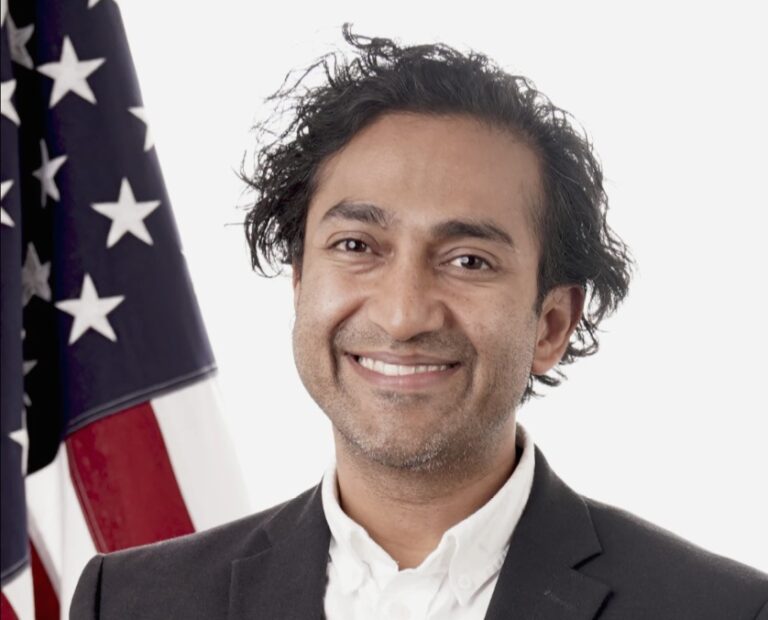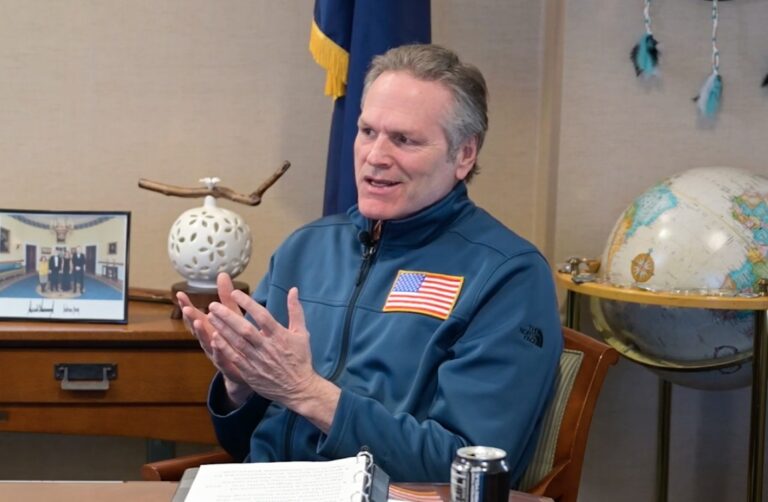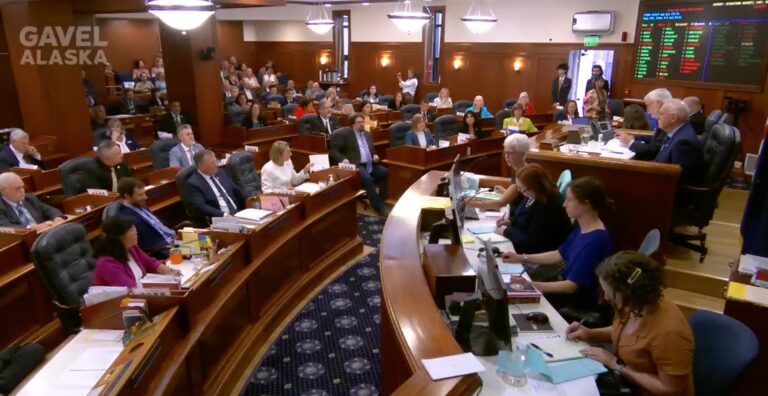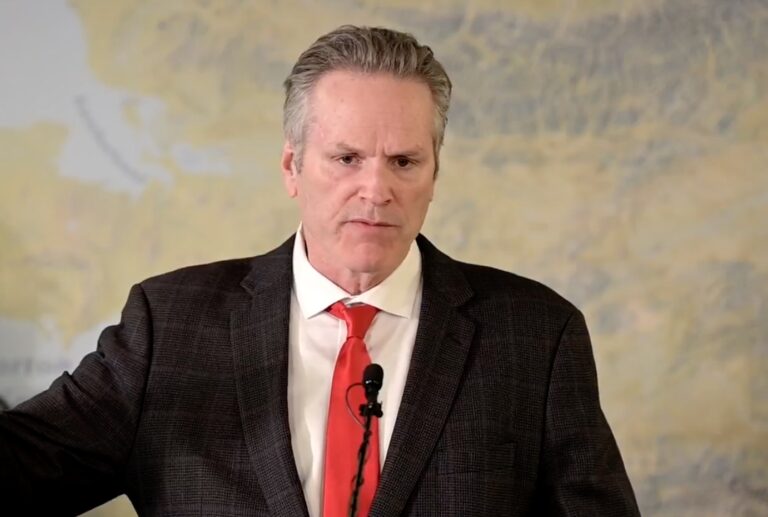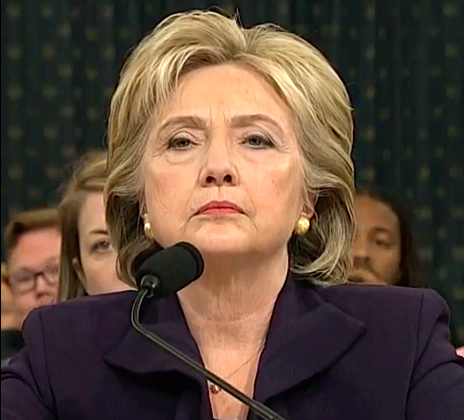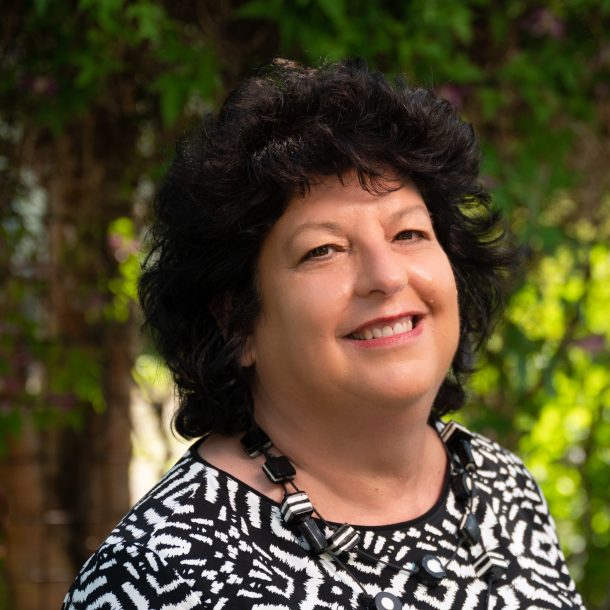By LINDA BOYLE
After just three months, Dr. Vinay Prasad stepped down as the head of Food and Drug Administration (FDA) Center for Biologics Evaluation and Research (CBER). CBER is a “responsible for assuring the safety, purity, potency, and effectiveness of biologics and related products (such as vaccines, live biotherapeutics (probiotics), blood products, and cell, tissue, and gene therapies.”
Whenever anyone steps down after just three months on the job, it makes me wonder what happened. What is the real reason for him leaving? Who or what was behind his demise?
That answer is simple. Big Pharma, Laura Loomer, (right wing conservative social media influencer,) and the New York Times seemed to be very effective in helping to get rid of him. Big Pharma was losing money, as were their stockholders.
Parents who desperately wish for a cure or the slowdown of a horrible disease also joined in the takedown.
And President Trump wanted to fire Dr. Prasad even though Secretary Kennedy and Dr. Marty Makary of the FDA objected. Word is they attempted to contact Trump who refused to pick up the phone.
Let’s start at the beginning.
Prasad’s initial selection was met with controversy, as he was a vocal critic of the government’s response to Covid and its vaccine policies, especially with the warp speed development of the Covid jabs.
Just after the announcement he was the new head of CBER, Biotech’s stock fell more than 5% due to the concern Dr. Prasad was “anti-establishment” in his approach.
In his three months at the head of CBER, Prasad went against the team of researchers that told him they needed to fully approve Moderna’s Spike Vax for all children six months to 11 years old. Prasad overruled them and only approved it for children six months to 11 years who had underlying disease or risk factors stating, “We do not have substantial certainty benefits outweigh risks for healthy children based on the totality of data in this submission, and a careful consideration of the biomedical literature.”
In 2023 Sarepta requested approval for a gene therapy for DMD called Elevidys. This drug was approved with the following caveat, “clinical studies conducted to date do not provide unambiguous evidence that [the drug] is likely beneficial… Additionally, FDA has safety concerns related to the possibility of administering an ineffective gene therapy.”
But the FDA caved under pressure and approved it. Sadly, the concerns became reality with two children dying from acute liver failure caused by the drug. One other person died from a similar Sarepta gene therapy in clinical trials.
In July, Prasad cracked down on Sarepta Therapeutics, a company that makes gene therapy medication for Duchenne Muscular Dystrophy (DMD) which predominantly affects boys. Because three people died of liver complications after using these drugs, Prasad thought it prudent to step down its shipments until further research could be done.
Prasad and the FDA asked Sarepta to voluntarily withdraw Elevidys due to deaths and the insufficient evidence of effectiveness, not its $3.2 million price per patient cost. Sarepta refused to do that initially and finally backed down to halt shipments.
Two days after Prasad resigned, the FDA approved Elevidys for ambulatory DMD patients. Sarepta was allowed to resume shipments, and that caused its stock to soar.
Enter blogger Laura Loomer, who has the ear of the president. She has been looking for dirt on anyone who might not be able to “pass” the loyalty test she thinks anyone working for the Trump Administration must pass.
Loomer accused Dr. Prasad of being a “self-proclaimed progressive liberal” and a “card-carrying member of the Elizabeth Warren/Bernie Sanders fan club.” She unearthed a 2021 audio clip of Prasad at a conference giving a talk where he used a picture of stabbing a voodoo doll to “curse” Trump over Covid-19 decisions. Loomer posted on X, “Prasad needs to be fired.”
On July 27, The Wall Street Journal ran an op-ed titled, “Vinay Prasad Is a Bernie Sanders Acolyte in MAHA Drag,” which claimed Prasad “doesn’t think patients can be trusted to make their own healthcare decisions.”
So, Dr. Prasad stepped down to stop the drama which gave a win to extreme right wing activists and Big Pharma.
Dr. Prasad is a good doctor. He evaluates the risk of complications of vaccines against their benefit which should always be done before a vaccine is approved and distributed.
But such an approach makes Big Pharma stocks fall.
When Dr. Prasad was selected for his position, Alex Berenson (a former New York Times reporter) cheered his hire, stating Prasad knew “the games Big Pharma plays to win approvals for expensive new drugs that all-too-often have little benefit — and hidden risks.”
Perhaps Dr. Prasad knew the games too well.
The character assassination by all involved led to his demise. And we are worse off for that.
Linda Boyle, RN, MSN, DM, was formerly the chief nurse for the 3rd Medical Group, JBER, and was the interim director of the Alaska VA. Most recently, she served as Director for Central Alabama VA Healthcare System. She is the director of the Alaska Covid Alliance/Alaskans 4 Personal Freedom.
